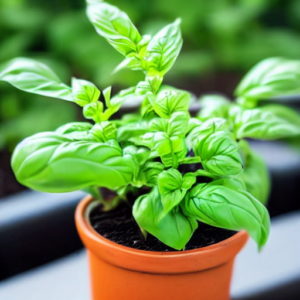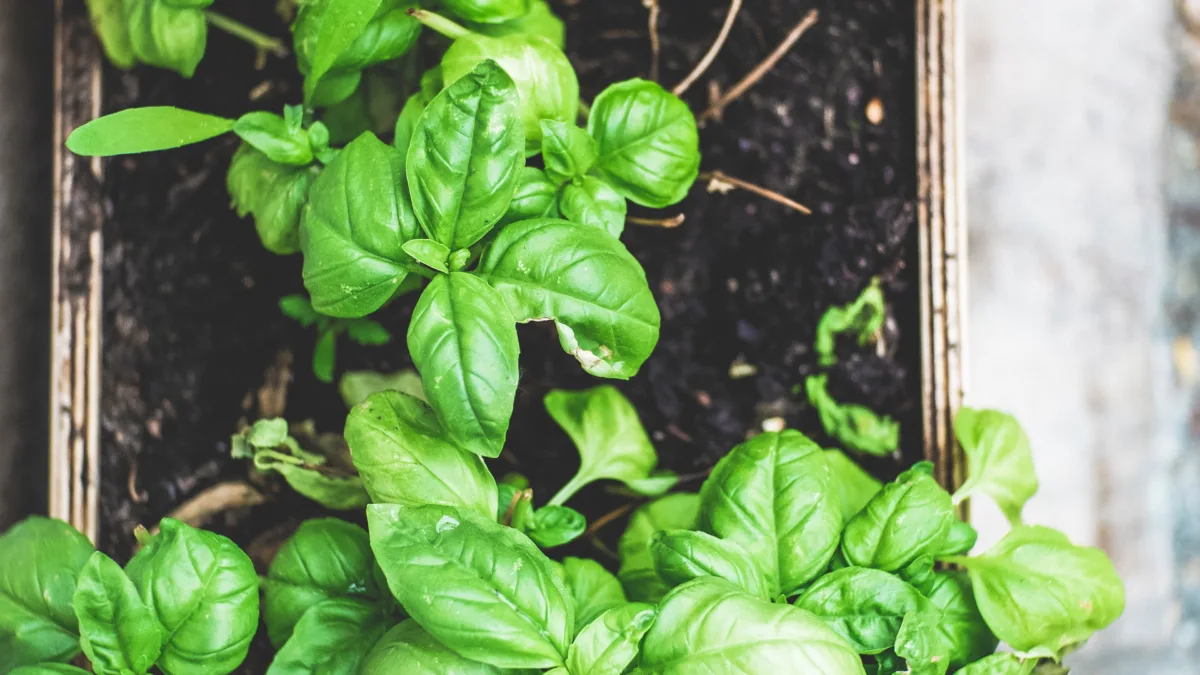If you want to grow basil, there are a few steps you can follow. This article will cover where to plant the basil, pruning, fertilizer and watering. These steps are critical to successful basil cultivation. Here are some steps to grow basil: Start by taking a cutting that is 4 to 6 inches long. You should cut it at a slight angle, which will give it a greater surface area to absorb water. Also, be sure to trim off the bottom third of the stem. This will facilitate water rooting.
Where to grow basil
Basil needs moist but well-drained soil and a neutral pH level. It’s not a fan of cold, wet soil, as it can reduce the flavor of leaves. It will benefit from a little sand or perlite to aid drainage. Basil should not be planted too deeply, or the plant’s roots will dry out too quickly.
Basil prefers a warm growing environment, as it originates in the tropics. It requires six to eight hours of bright sunlight each day, though more sunlight is preferable.

Can Basil Grow Indoors?
Yes, you can grow it indoors. You can learn more about that topic in our related article.
Pruning
Pruning basil is a necessary part of caring for your basil plant. If you don’t prune it regularly, you may find that your basil starts to flower too early. In the spring, the basil plant will produce more leaves, but once it begins to flower, it will begin to produce flower buds.
Pruning involves cutting off the stems of Basil. It will help the plant to grow more healthily, and it will keep it from getting tall or leggy. It will also promote the growth of lateral branches.
Soil and fertilizer
Basil is best grown in moist, fertile soil with a high content of organic matter. Once your basil plants have established roots, you can add a layer of compost to the soil. This will help keep the soil moist and help to extend the time between waterings.
You can buy organic fertilizers for growing basil. Cottonseed meal is a natural nitrogen source that comes from ground cotton seeds. Unlike other commercial fertilizers, cottonseed meal is free of chemicals. You can also make your own by baking chicken bones.
Watering the plant
Basil plants require a good deal of water to grow and thrive. However, it is important to avoid over or under-watering them as this will encourage root rot. This is especially true when growing basil in pots. In general, basil needs about an inch of water per week. If you’re growing basil in a container, make sure that it has a drainage hole. Overwatering the plant will stunt its growth. To avoid this, water it at the beginning of the day rather than at the end of the day.
To keep your basil plant healthy and happy, plant it in a sunny location that receives a minimum of six hours of light each day. Alternatively, you can use grow lamps to provide up to 16 hours of light a day. Place the grow lamp two to four inches above the plant. You can also use a fan to simulate two hours of wind every day. In addition to regular watering, add fertilizer to the soil every four to six weeks. Basil should also be pruned regularly to keep its shape bushy and healthy.
How to harvest basil
If you’re wondering how to harvest basil, there are a few tips you should keep in mind. It’s important to harvest basil at the right time of day so you can enjoy the freshest leaves. You should also harvest basil regularly to encourage continuing leaf production. For best results, harvest basil leaves early in the morning.
Basil needs warm, sunny conditions to thrive. Even light frost can stunt the plant’s growth. Harvest basil before the first frost of the season. Once the leaves and stems are picked, you can add them to your compost pile. The roots should be kept in a pot for winter growth.

